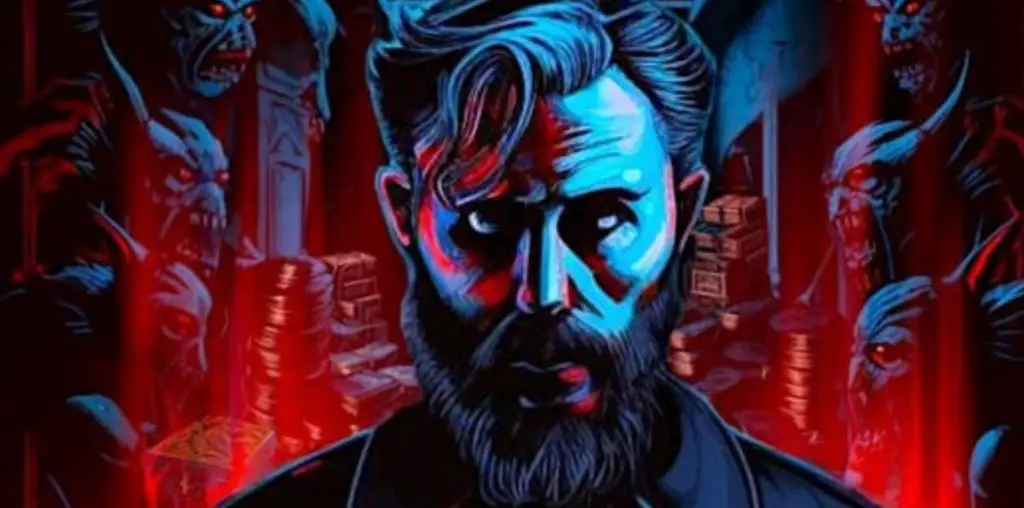
DVD releases will help to reevaluate many forgotten films. Not with this one. “Truth or Dare: A Critical Madness” (1986) is a nostalgia act, plain and simple. There’s not much here to appreciate except its dated nature, how it recalls an extinct type of viewing still in collective memory. I’m talking about the direct-to-video horror titles of the 1980s. As the grindhouses and drive-ins died off in the wake of the growing VHS market, video distributors redirected their low-grade exploitation to home viewing, as did the porn industry. Hence, titles like “Hard Rock Zombies” would show up in the local video store and in our homes, perhaps for a light-night sleepover. With more attention paid to the cover art than the actual movie, we’d be in for a let-down, while the thrills of watching something forbidden may have won out. The hungry VHS market allowed 18-year-old Tim Ritter to write and direct a feature film, based on the success of his entry in a previous anthology short. Footage of the short piece appears in a featurette on the new DVD release from Sub Rosa Studios, and the footage looks like what we’d expect: a series of awkward shots and lines. Tim Ritter worked on it after the bell rang at 3:00.
The feature film Truth or Dare, which he made at 18, expanded the short anthology piece on 16mm, though looking more like video stock. It features a middle-class everyman who comes home to find his wife cheating with his best friend. It’s the premise for his descent into madness, which happens after he takes off and begins seeing visions. The people manifesting before him urge him to play the kids’ game of “truth of dare,” only now the dares request self mutilation and other forms of mayhem. As Ritter comments in the featurette, the premise borrows the “is this real?” motifs appearing in the smash hit “Nightmare on Elm Street” series. It sends unhinged Mike Strauber (John Brace) to a mental asylum more than once and makes his enemies into targets. The twitchy performance of Brace sells the idea more than Ritter’s handling of the camera.
he most interesting aspect of the film is how Ritter got access to so many resources, even if the end result makes it hard to believe. Working with a professional effects team, he got some decent gore onscreen, along with explosions care of a team consisting of one who, according to the director, worked on “Back to the Future.” The art department fashioned a honestly twisted mask for Brace to don in the film’s latter part. Looking like a swollen smiley face with the mouth inverted, we wish that it could have gotten into the hands of someone like Frank Henenlotter. Little is done with it save the psycho’s driving the streets to abruptly cut down a baby carriage and a kid on a bike. Ritter struggles to provide clear transitions to his flashbacks, which detract from the aim to capture madness. And yet the cornball synthesizer score and hammy amateur performances will have thirtysomethings recalling fond, bygone viewings.
